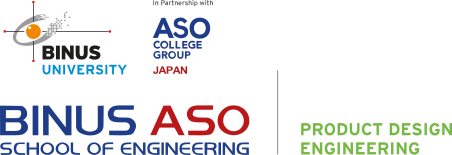PURSUING EXCELLENCE MEANS PURSUING COMPETENCE
by Paul Templin
Article from: Industrial Engineer Magazine
February 2016, Volume 48, No.2. Page 24.
My children went to a California Distinguished School - which is impressive until you realize how many schools get this award. Like the mythical town in Minnesota where every student is above average, more schools than you would expect in California are distinguished.
I used to see this kind of behavior as a corruption of the designation. To be distinguished, one must do something special, something unique. As I have grown older, my view has become more nuanced. To be distinguished or excellent doesn't necessarily imply creativity, imagination or originality. It does, however, require competence. Yet in most situations, including education, competence is a lofty peak that few will climb.
What applies to education also applies to industry. "Excellent" companies certainly can create products with a "wow" factor that captivates their customers, but the blocking and tackling of competence is what drives the staying power of a company. This secret sauce separates General Electric from General Motors.
Certainly, external events cannot be ignored. Unique products or services create an aura of competence as the competition catches up. For example, Google's management team is considered among the best. Let's check back in a few years when markets mature and competitive forces drive cost cutting. Will the management team still be viewed as progressive and innovative? If they are, it will be an expression of their competence as much as their creativity.
So what is competence? It sounds boring and dull and . is anathema to the many who wish to get on with the business of double-digit growth or the one-size-fits-all consultant who can't figure out how to fit words like competence or attention to detail into a $50,000 PowerPoint presentation. For the rest of us, competence is what gets the product out the door.
Paying the bills without drama and trauma is the common sense that isn't common. In industrial engineering parlance, it often involves applying value stream mapping, standards, SPC, Six Sigma or SS. These words give this effort a more "distinguished" connotation, but really, what we are trying to do when we eliminate non-value added activities, balance lines, identify out-of-control conditions or drive to root cause understanding is just common sense. And truly, it isn't the name or the application that is innovative, it is the doing.
Today it seems that every company has a lean Sigma program. The outline of these programs is always similar.
Training takes place. Management commitment is promised. Some programs succeed. Many fail. The reasons for failure are varied. Like Tolstoy's Russian families, the happy companies are all happy in the same way, and the unhappy ones are unhappy in different ways. In the business of industry, this often means an appreciation of the hard work and time required to make any industrial engineering program successful. To put it another way, anytime anyone offers you something for free, walk away. There is no substitute for hard work.
But of course, few walk away when offered something for nothing.
The second trip to the buffet line always gives you indigestion, but you go anyway. And in the world of business, there is always another program that offers to increase efficiency and save money. In an environment of short time horizons and an increased focus on profits, the temptation to jump from program to program is just too great for most companies.
So the paradox of competence as a hallmark of excellence is not a paradox at all. Having the wherewithal to follow through on commitments until the job is done is the 90 percent perspiration behind all great companies.
Paul Templin is a materials engineer and supply chain professional with a multinational consumer electronics company. He can be reached at dstemplin2@jurw.com.
